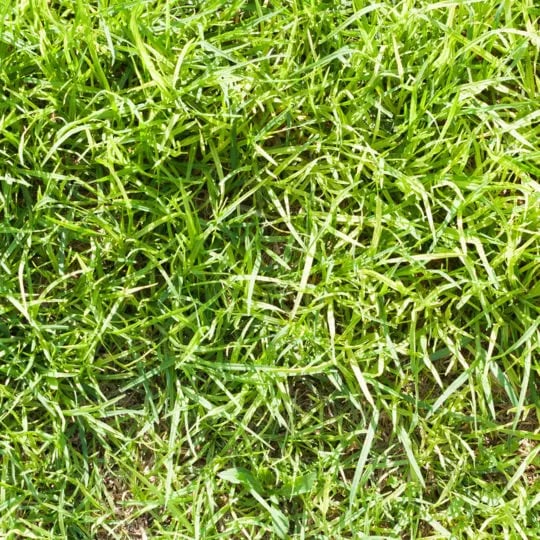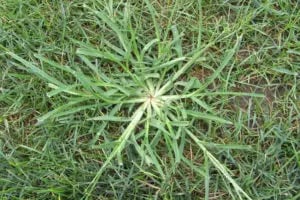What is Crabgrass?

Updated April 2021
There are few things that disrupt your green lawn more than unsightly weeds. There are many that can invade your grass, from dandelions to spurge and yellow nutsedge to crabgrass. Of the many weeds you can find in Pennsylvania, Delaware, and New Jersey, crabgrass might look the most like your standard grass, but it still sticks out like a sore thumb. What is crabgrass and how do you get rid of it? Find out.
What Is Crabgrass?
Crabgrass is actually a type of grass, but that doesn’t mean it’s suitable for your lawn. Crabgrass grows tall and quickly, sprouting large patches above your current lawn. Because of their thicker and larger appearance and blades that spike out in all directions, crabgrass is easily noticeable and takes away from the beauty of lawns, which is why crabgrass is considered a weed rather than simply another type of lawn. And don’t be surprised if you find it in all sorts of locations! It’s resilient and might pop up in between cracks in your walkway.
How to Prevent and Get Rid of This Weed
Crabgrass is an annual weed, so it needs to replant itself every year, giving you the opportunity to have a clean slate next season. Weeds hate competition, and getting your grass healthy should be a top priority to prevent and get rid of this weed. Here are some tips:
- Water well. Crabgrass thrives in warm, dry conditions. Watering your lawn too lightly over the summer can also leave your grasses’ deeper roots dry while watering the shallower roots of weeds like crabgrass only. We recommend giving your lawn a good soaking once or twice a week rather than a little bit every day.
- Reseed patchy spots. Grass roots go deep into the ground and take up a lot of space. When your grass roots are healthy, there isn’t much empty space left in the soil for weeds to take root.
- Mow the right way. Let grass grow long enough to create shade at ground level and keep moisture in the soil. And be sure to check your mower because grass that is harmed by a dull blade grows more slowly, giving crabgrass the opportunity to thrive. It’s recommended you only cut 1/3 of the grass blade each time you mow to prevent stress.
- Aerate your soil. Weeds tend to grow close to the surface unlike the deep roots needed for grass, so compacted soil only allows for these invasive plants to thrive. Aerating the soil and reseeding your lawn combats the crabgrass-friendly conditions caused by soil compaction. Now’s a great time to overseed parts of your lawn that aren’t as thick as others.
- Check your lawn’s pH level. When your soil’s pH is out of whack, your grass is not getting the nutrients needed to crowd out weeds like crabgrass. Most grasses thrive with pHs in the 5.8 to 7.2 range. If your soil has a low or high pH, it can prevent proper grass growth. Fortunately, lime applications can help balance pH.
- Kick out weeds with help. Contact the professionals at Green Lawn Fertilizing to get pesky weeds out of your yard. Our year-round Green Lawn Program is designed to keep weeds out of your lawn for good, featuring seven applications fertilizing, one application for grub control, and unlimited weed control. Call us today at 855-469-0692 for a free quote.
